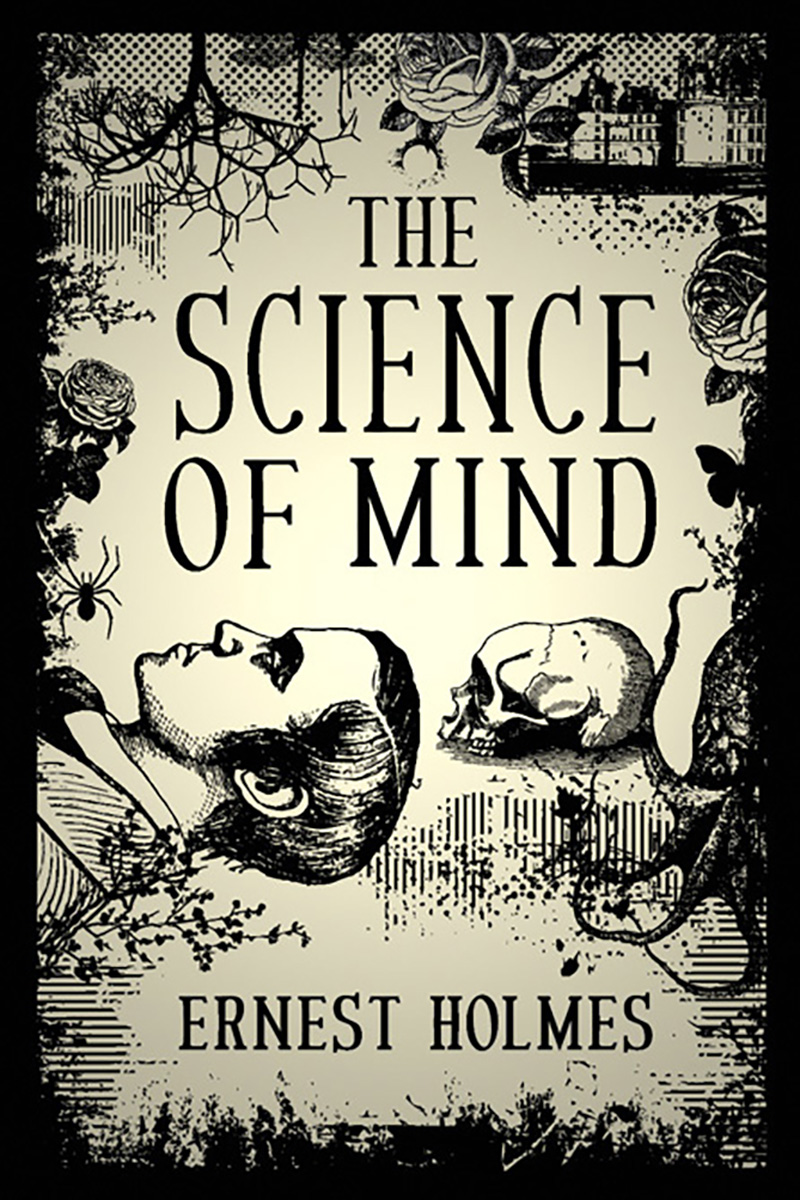Summary
The Science of Mind is Ernest Holmes Magnum Opus. The book was updated and revised over the years and this edition was originally published in 1926.
In 1918, Holmes wrote in the introduction, “This little book is an attempt to explain what each soul must discover for himself, that he stands in the midst of an eternal creative power which presses itself around his own thought, and casts back to him glorified all that he thinks.”
Later in the book he goes on to say, “The Science of Mind is based entirely upon the supposition that we are surrounded by a Universal Mind into which we think; this Mind, in Its original state, fills all space with Its Presence. Since it fills all space, it fills the space that man uses in the Universe. It is in man as well as outside of him. As he thinks into this Universal Mind he sets in motion a Law which is creative, and which contains within itself a limitless possibility.”
Holmes was influenced by the writings of Christian Larson, Phineas Quimby, Thomas Troward, Ralph Waldo Emerson, and Mary Baker Eddy, and he formed part of what was known as the New Thought Movement. The catalyst of what became ‘New Thought’ seems to been Phineas Quimby, a New England, Hypnotist, Philosopher, and Healer, who inspired amongst others, Mary Baker Eddy, (a patient of Quimby’s) to form the Christian Science Movement.
New Thought posits that everything is mind (the mind of God) and that we all have equal access to God by accessing mind. This is done by prayer or more specifically, ‘Affirmative Prayer’ or ‘scientific prayer’.
Affirmative prayer focuses on a positive rather than a negative situation. For example, a person who is sick would focus on being in a state of good health as if he or she were already in good health. Another analogy might be if someone was trying to lose weight and was praying for help, they wouldn’t say, “ I want to lose weight” as that would imply they were over-weight; they might say “I have lost weight” or “I’m losing weight” in an attempt to ‘think ones-self thin.’ The notion is that ‘Mind is the Builder’ an idea also frequently posited by the Famous American psychic, Edgar Cayce — the idea that our minds and the universal mind, influence our bodies and therefore we have the ability to heal ourselves or cause our own disease. “We are what we think.”
William James called affirmative prayer a “mind-cure”; he described it as America’s “only decidedly original contribution to the systemic philosophy of life.”
On the brain, Holmes had this to say; “No, the brain of itself could not think; and yet, without a brain man could not think; which simply means that man needs a brain while here, but that the brain, of itself, does not think. The brain does not think and yet man thinks; so behind the brain there must be a thinker.”
He reasoned; “Instinctive Man within me is perfect and yet I appear to be imperfect. My apparent imperfection must be the result of an imperfect thinking; in reality I am, and always have been, perfect. I will now begin to think differently about myself and see what happens.”
Many of today’s self help theories such as the law of attraction, positive thinking, and books like the runaway bestseller, The Secret, owe much to the New Thought Movement of yesteryear and books such as The Science of Mind are required reading for anyone interested in spiritual literature and the nature of reality.

